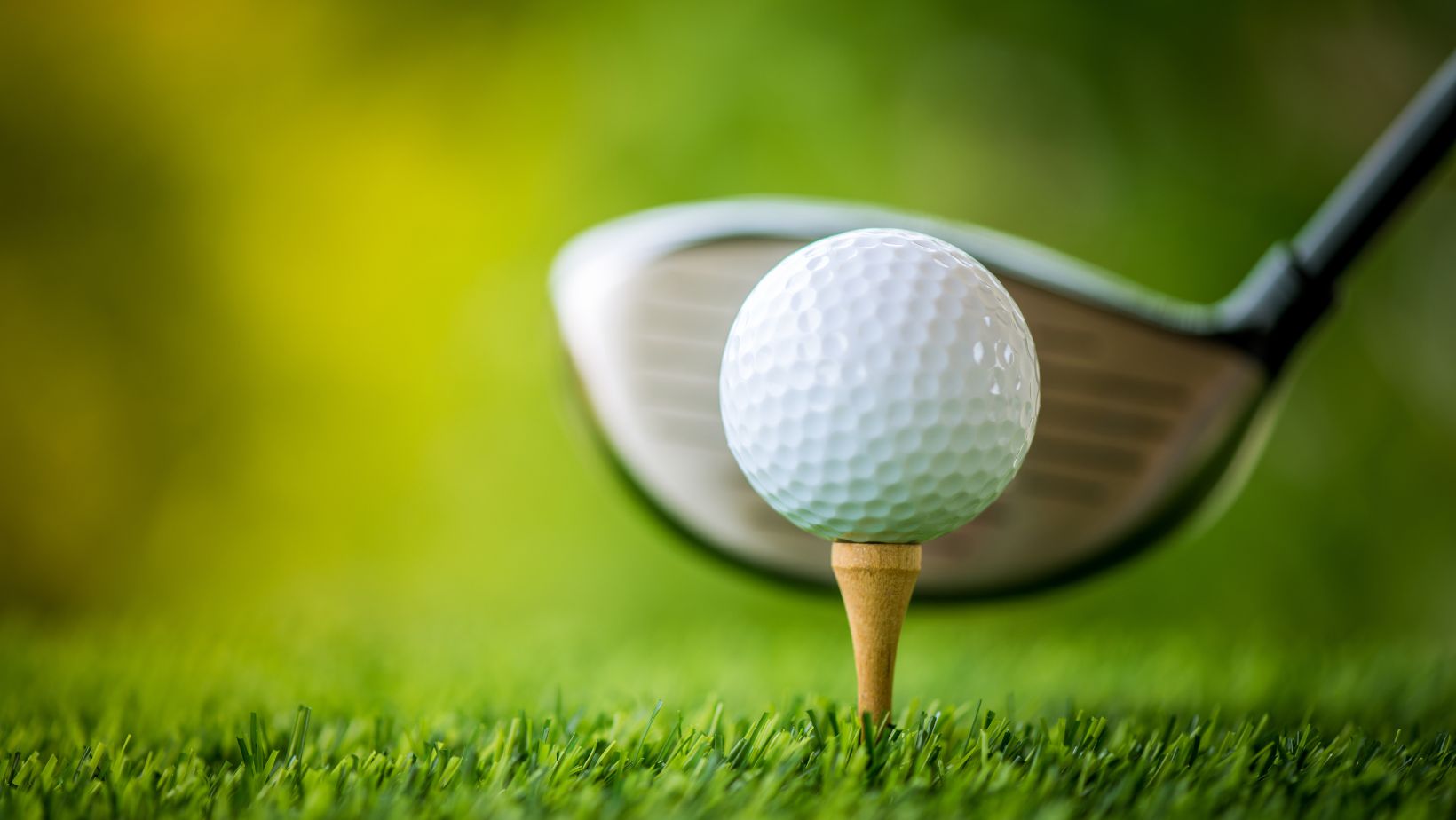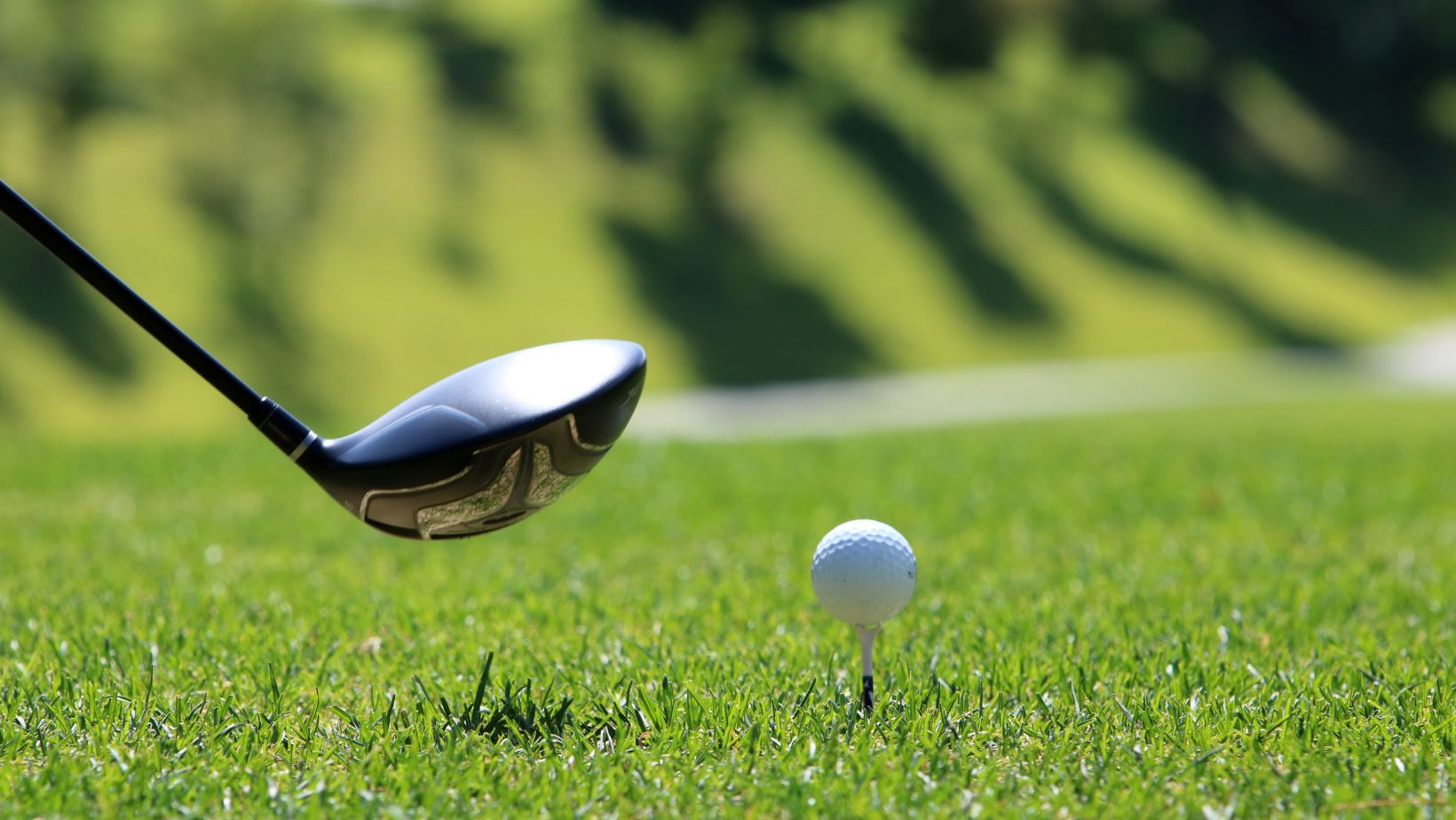
While golf hybrids are meant to be forgiving as compared to long irons, most players find striking the ball cleanly with hybrids difficult. Like fairway wood launch and consistent distance, their iron accuracy and fairway wood launch potential are at one: when approached properly. Poor setup and misunderstanding the club’s role is the culprit for many missteps such as topping or chunking the shot. The following techniques attempt to improve performance and create reliable contact.
Understand the Role of the Hybrid
They fill the hole between woods and irons by providing height with control. A hybrid is not supposed to be swept off a tee like a driver. It should not be struck with a pitched angle of a pitching wedge. The key to success is to treat the swing like a mid iron, measured, compact and balanced.
Ball Position: Subtle Adjustments, Big Results
Positioning plays a significant role in hybrid success. Too far forward leads to thin contact. Too far back promotes fat shots. The optimal placement? Just forward of center. This encourages a slight downward strike while still allowing the clubface to catch the ball cleanly on the upswing.
Use Your Sternum as a Guide
Instead of relying on foot alignment alone, align the ball with your sternum. Keep your hands slightly ahead of the ball at address, maintaining forward shaft lean. This simple tweak helps improve strike quality without forcing awkward compensations.
Controlled Tempo, Not Maximum Speed
Over-swinging with a hybrid usually ends in poor contact. The club’s design does most of the work—no need to muscle it. A smooth, rhythmic swing generates more dependable results than brute force.
Let the Club Work for You
Think of the swing as a controlled arc. Avoid lunging or collapsing at the top. Instead, transition smoothly and focus on delivering the clubface squarely through impact. Trust the club’s loft and construction to produce the launch.
Shallow Angle of Attack
Unlike wedges, hybrids don’t respond well to steep downward blows. A shallower approach prevents digging and promotes cleaner contact.
Brush, Don’t Dig
Visualise brushing the grass after the ball—not before it. Practicing this concept on a mat can reinforce the sensation of gliding through the turf rather than chopping into it. Feel the difference through your hands.
Weight Distribution and Balance
Start with weight evenly split between feet, then shift slightly forward during the downswing. Keeping your weight centred helps avoid the dreaded “lean back and scoop” mistake that causes topped shots.

Maintain Spine Angle
Resist the temptation to stand up during the follow-through. Staying down through impact, with your chest rotating toward the target, increases strike consistency and helps maintain balance.
Tee Height (When Applicable)
If using a hybrid off a tee, don’t elevate the ball too much. A low tee—just above the grass—allows for better control and helps replicate the ball flight you’d expect from a fairway lie.
Practice Drills for Cleaner Strikes
Try the “line drill”: draw a straight line on the grass and practice swinging to brush it just past the line.

This builds muscle memory for hitting ball-then-turf consistently. Another effective drill is placing a small towel two inches behind the ball—if you hit the towel first, your swing is too steep.
Trust Technique Over Power
Aggression doesn’t pay as much as sound fundamentals do in hybrids. Golf hybrids can be the most dependable clubs in your bag if you’ve got proper ball position, refined tempo and a shallow strike. Fineness of course, balance, and leave the power to your mechanics to get you the distance and control than the power gives by itself.






